Where Do Cats Like to be Petted?

Start with gentle strokes: Begin by petting the cat with gentle strokes in areas where they typically enjoy being petted, such as the head, cheeks, and chin.
1.Massage your cat’s chin and cheeks.

Most cats love to be touched on the head near their scent gland areas, around the ears, cheeks, and the chin.
1)Chin

Many cats appreciate having their chin scratched or rubbed. This area is often sensitive and can trigger a grooming response in cats.
2) Cheek

Cats have scent glands on their cheeks, so gentle stroking or rubbing in this area can be very soothing and comforting for them.
2.Massage your cat’s belly.

If your cat is relaxed enough, they might offer up their belly, too. Gently hold your cat with one hand and massage their belly with the other, kneading the skin gently. If they’re really relaxed, you can even use both hands to massage his belly.
3.Stroke the cat from forehead to tail.
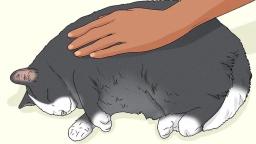
Pet the forehead, then run your hand from forehead to the base of the tail, going from head to tail repeatedly. Cats may enjoy a soft pet on their back, moving your hand from head to tail.
4.Stroke your cat’s back.

Many cats enjoy being petted along their back, especially if done gently and in the direction of their fur. Moving down the back from the shoulders, apply gentle pressure along your cat’s back and sides, using circular motions. Keep your attention on your cat’s upper back, as the lower back and hips can be sensitive for many cats.
5.Massage your cat’s tail.
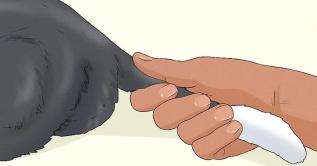
Some cats enjoy being petted at the base of their tails, but be cautious as this area can be sensitive for some cats. Start by massaging your cat’s tail at the base, near the rump, and then slowly work your way toward the end of the tail.
Avoid sensitive areas: Be mindful of areas that cats are generally sensitive about, such as their belly and tail. Not all cats enjoy being petted in these areas.
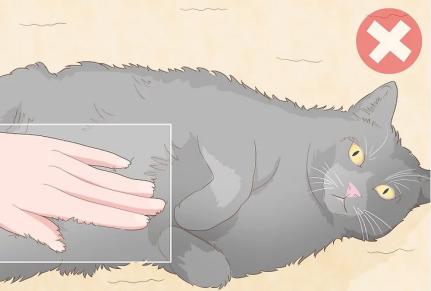
How to Pet Your Cat?
1.Let the cat come to you
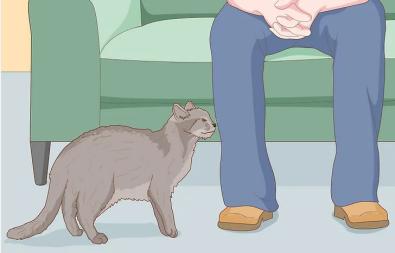
Allow the cat to approach you for petting rather than forcing interaction. This helps build trust and shows respect for the cat’s boundaries.
2.Approach calmly
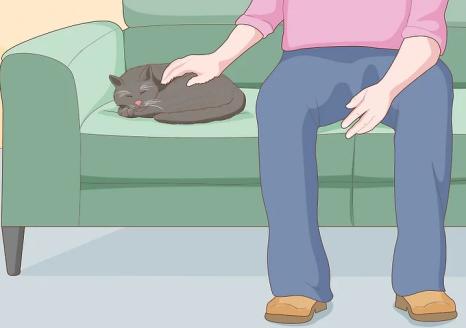
Cats are sensitive to sudden movements and loud noises. Approach your cat calmly and gently to avoid startling them.
3.Watch their body language
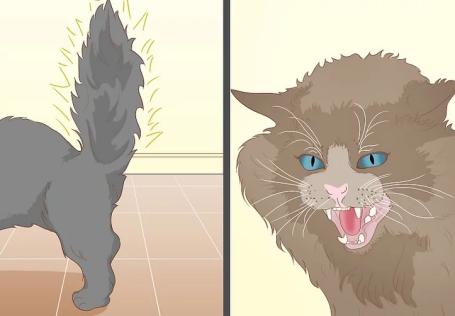
It’s essential to observe your cat’s body language while petting them to ensure they are comfortable and enjoying the interaction. If they are purring, leaning into your hand, or showing other signs of enjoyment (such as kneading or slow blinking), they are likely enjoying the petting.
If the cat shows signs of discomfort, such as twitching their tail, flattening their ears, or moving away, stop petting them and give them space.
4.Short sessions
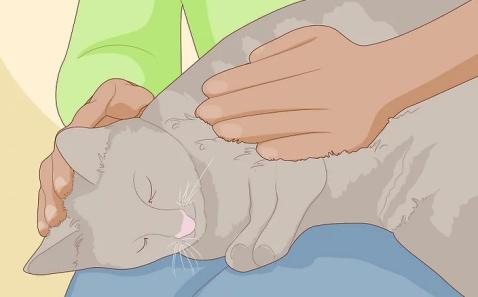
Keep petting sessions short and let the cat decide how long they want to be petted. Some cats may prefer brief interactions, while others may enjoy longer petting sessions.
5.Use a gentle touch
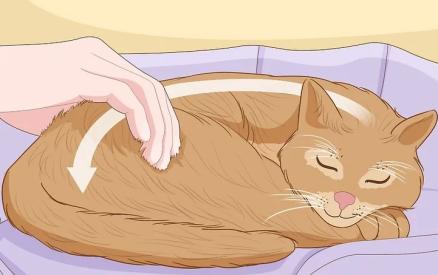
Cats have delicate skin, so use a gentle touch when petting them to avoid causing discomfort.
Remember that every cat is unique, so it’s essential to observe and respect your cat’s individual preferences and boundaries when it comes to petting. Building a positive and trusting relationship with your cat through respectful and enjoyable interactions will help strengthen your bond over time.

